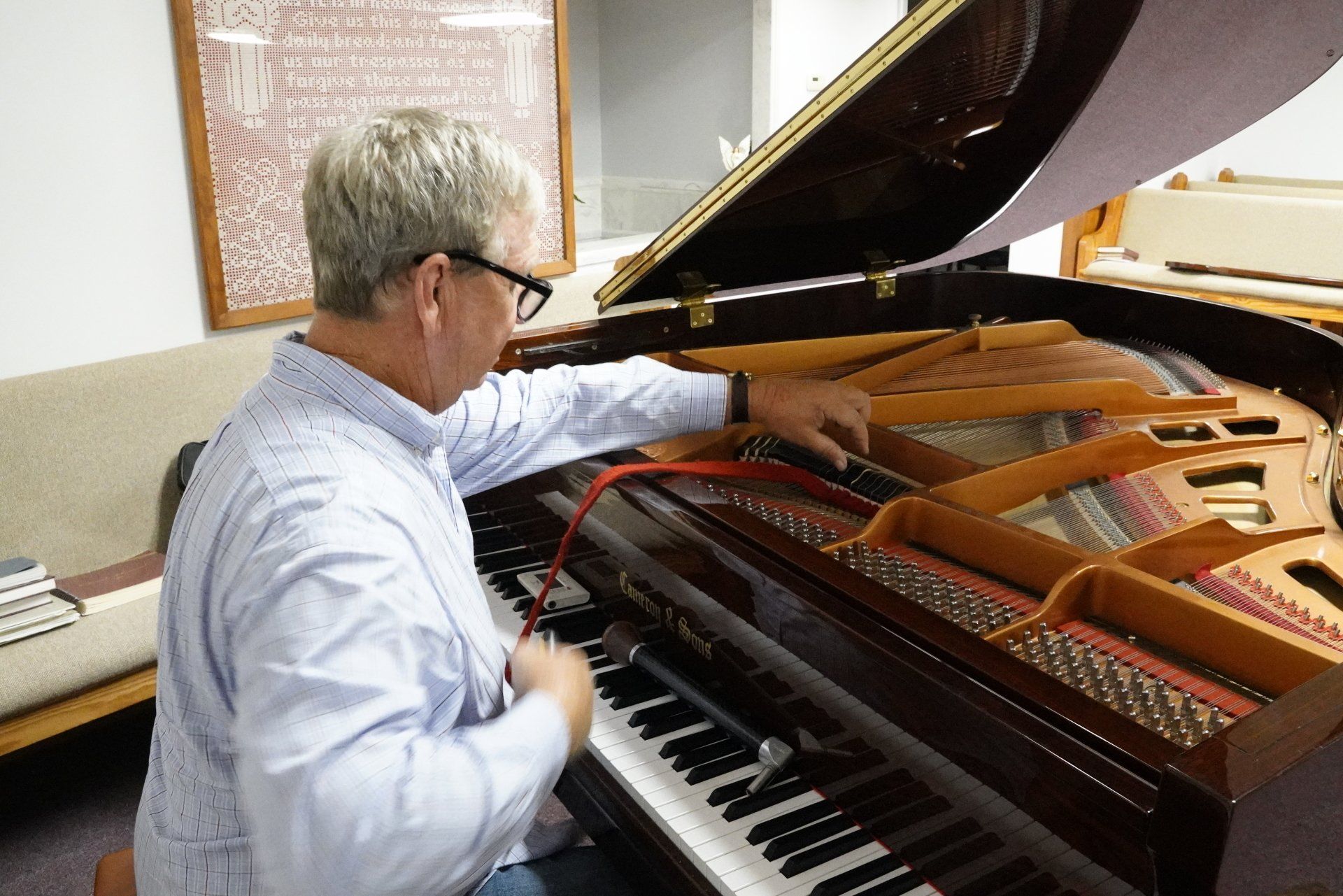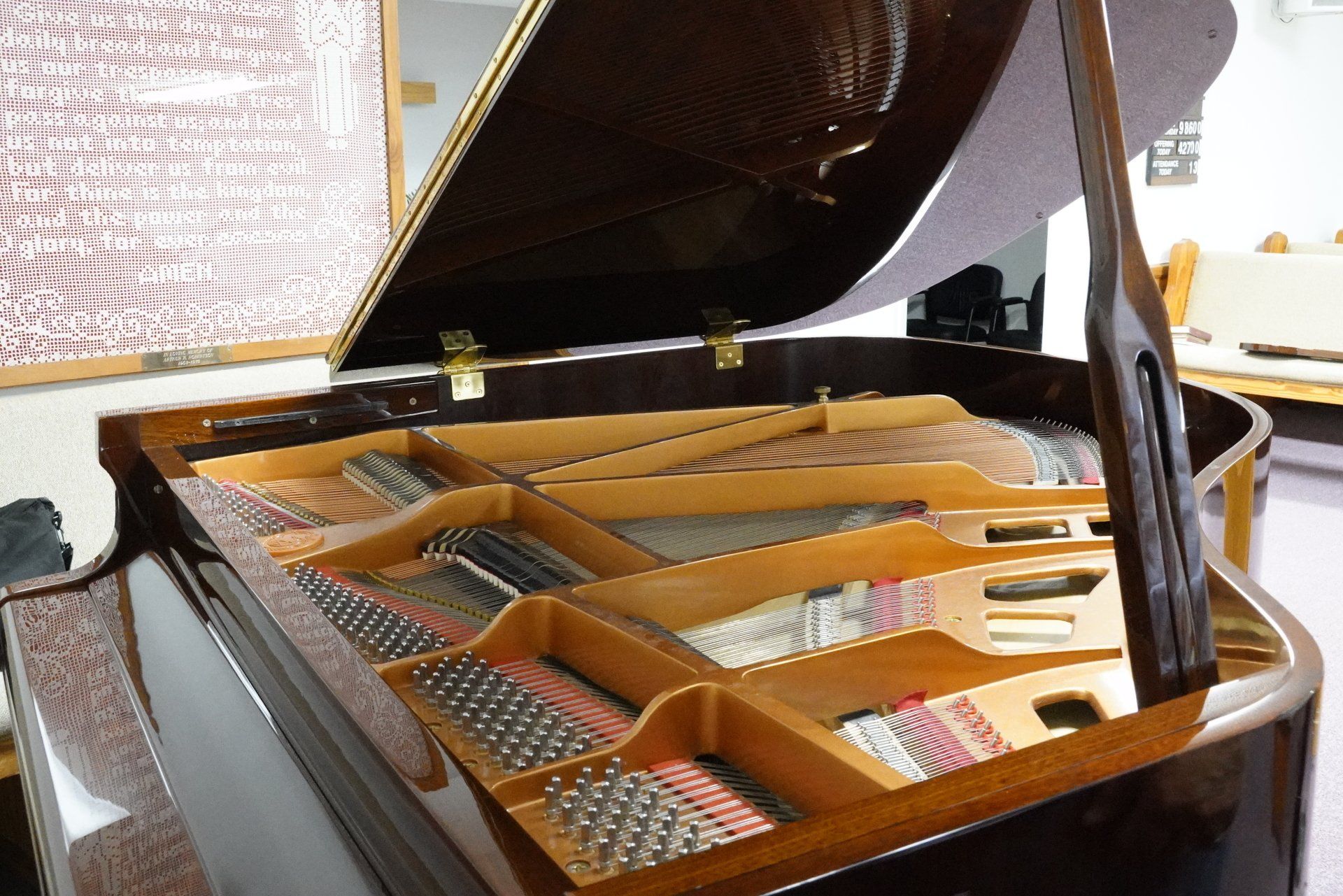Frequently Asked Questions
- What type piano can Bailey Brothers tune?
While all piano models and designs are different, Barry tunes all types except for player pianos.
- How often should my piano be tuned?
Almost all piano manufacturers suggest tuning a new piano four times in the first year and then twice a year thereafter. At a minimum, a piano should be tuned at least once a year.
- Does my piano need tuning?
If it has been more than 6 months since the last tuning the piano may “sound” ok to the untrained ear, but it is almost always low in pitch or has strings out of unison.
- Will my piano need tuning if it hasn't been played much
It's not so much playing a piano that causes it to go out of tune but rather changes in temperature and humidity, and settling of the piano itself. The amount of use a piano gets rarely has much effect on its tuning unless a pianist plays extraordinarily hard.
- Can not keeping a piano in tune damage it?
Letting a piano get very far out of tune isn't good for it, but the harm is rarely irreparable. There will be a need for a pitch raise and then tuning. To get the strings back to proper pitch, there is a slight risk of breaking a string
- My technician says my piano will need a "pitch raise" before it's tuned. What does that mean?
When a piano is more than a little out of tune, tuning causes a significant change in the pressure on the piano. If the tuner simply begins tuning each string one-at-a-time, by the time he gets to the last string the total tension on the piano will have changed so much that the first strings are out of tune again. To avoid the problem, the technician has to tighten each of the strings individually (raise their pitch) close to their eventual tension. Once the total pressure on the piano is close to its proper level, he can go back and tune each string more precisely.
- The piano tuner said my piano can't be tuned. Why not?
In most cases it's because the tuning pins aren't tight enough to hold the tuning. Your piano technician is saying there's no point in spending money on a tuning since it wouldn't stay anyway. If that's the case and the piano is high quality it might be worth fixing it. In most cases, however, when a piano won't hold a tune it's time for a new piano




